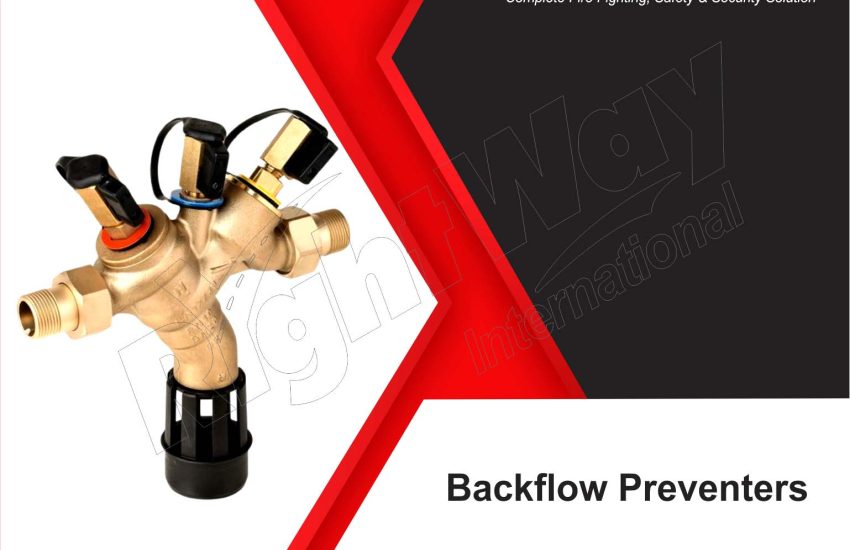Backflow Preventer At Best Rate: Backflow preventers are critical devices that protect drinking water supplies from contamination. As an essential component of plumbing systems, they prevent the backflow of water, ensuring the safety and quality of potable water. In this article, we will discuss what backflow preventers are, how they work, the different types available, and the importance of regular maintenance.
What is a Backflow Preventer?
A backflow preventer is a plumbing device designed to stop water from flowing backward into the potable water supply. This is crucial in preventing contamination from various sources, including irrigation systems, fire protection systems, and industrial processes.
Why Are Backflow Preventers Important?
- Protecting Public Health
Backflow can introduce harmful contaminants into the drinking water supply, leading to serious health risks. Backflow preventers ensure that potentially harmful substances, such as chemicals and bacteria, do not enter the potable water system. - Regulatory Compliance
Many local and national plumbing codes require the installation of backflow preventers in specific situations. Compliance with these regulations helps maintain community health standards and avoid legal issues. - Maintaining Water Quality
By preventing backflow, these devices help maintain the quality of drinking water, ensuring it meets safety standards. This is essential for public trust in municipal water supplies.
Types of Backflow Preventers
1. Air Gap
An air gap is the simplest and most effective form of backflow prevention. It consists of a physical separation between the water supply and potential contamination sources. An air gap prevents backflow by providing a space where water cannot siphon back into the supply.
2. Reduced Pressure Zone (RPZ)
The RPZ backflow preventer is designed for high-risk situations. It uses two check valves and a pressure relief valve to maintain a lower pressure in the system, preventing backflow. This type is commonly used in commercial and industrial applications.
3. Double Check Valve Assembly
This type features two check valves in a series, providing redundancy to ensure that backflow does not occur. It is typically used in low-risk situations, such as irrigation systems.
4. Pressure Vacuum Breaker
A pressure vacuum breaker is used to protect against back siphonage. It includes a check valve and an air inlet valve that opens when a drop in pressure occurs, allowing air to enter the system and prevent backflow.
Installation and Maintenance of Backflow Preventers
Installation Best Practices
- Hire Qualified Professionals
Always have backflow preventers installed by certified plumbing professionals to ensure compliance with local codes and regulations. - Correct Placement
Install backflow preventers in accessible locations for maintenance and testing. The placement should also meet specific height requirements to function effectively. - Follow Manufacturer Guidelines
Adhere to the manufacturer’s installation instructions for optimal performance and compliance.
Regular Maintenance
- Routine Testing
Schedule annual testing of backflow preventers to ensure they are functioning correctly. Many jurisdictions require regular testing as part of compliance with local regulations. - Inspection and Repairs
Regularly inspect backflow preventers for signs of wear or damage. Promptly address any issues to maintain effectiveness. - Documentation
Keep detailed records of all testing and maintenance activities, as this documentation may be required for regulatory compliance.
Conclusion
Backflow Preventer At Best Rate play a vital role in safeguarding our drinking water supplies from contamination. By understanding the importance of these devices, their various types, and best practices for installation and maintenance, homeowners and business owners can ensure compliance with regulations and protect public health.


